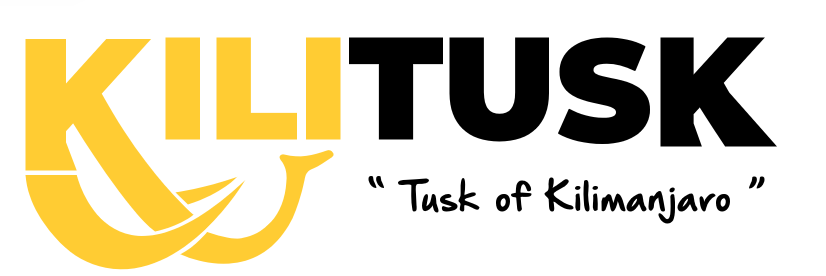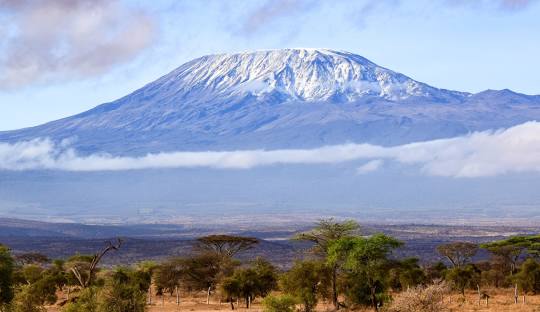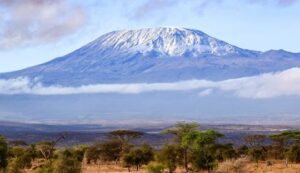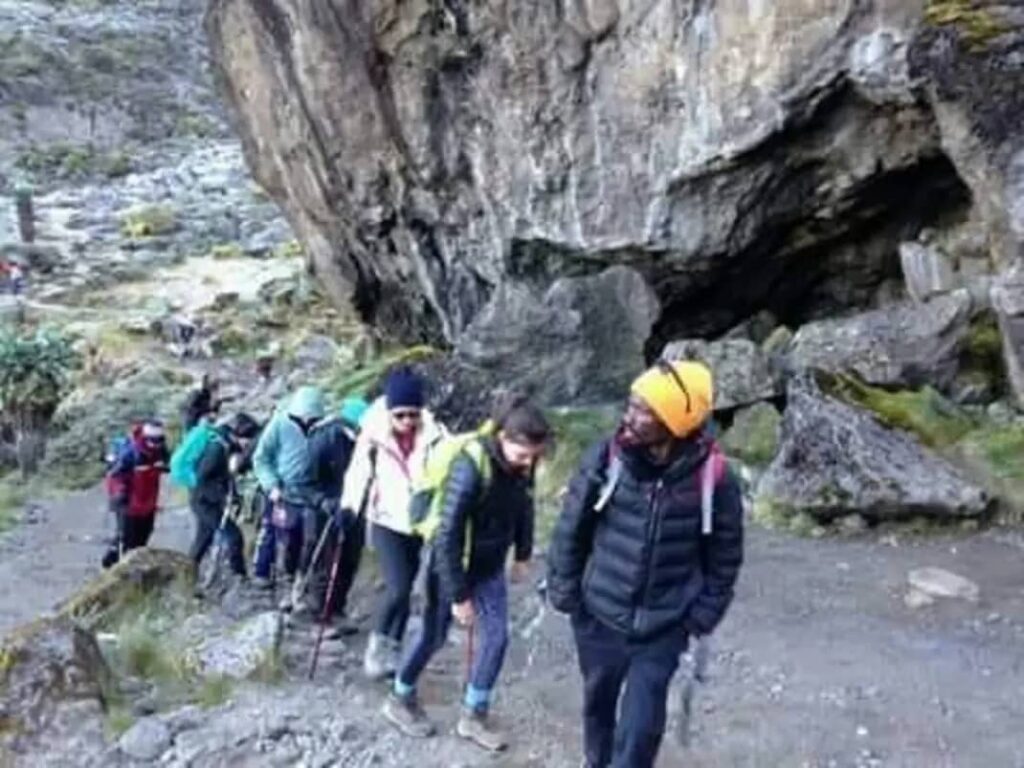- Overview
- Trip Outline
- Trip Includes
- Trip Excludes
- Gallery
- Reviews
- FAQ
The Machame Route, often referred to as the "Whiskey" route, is one of the most popular and scenic paths to the summit of Mount Kilimanjaro. Known for its diverse landscapes and higher success rates due to better acclimatization, this route offers an exhilarating trekking experience. This guide provides a comprehensive overview of the 7 days Machame Route, ensuring you’re well-prepared for an unforgettable adventure with Kilitusk, a leading tour operator in Tanzania.
No details found.
Itineraries
Day 0
Arrival in Tanzania
Arriving in Arusha or Moshi
Your journey begins with your arrival at Kilimanjaro International Airport, where you’ll be met by representatives from Kilitusk. Transfer to your hotel in Arusha or Moshi, two vibrant towns located at the base of Mount Kilimanjaro. Use this day to rest and acclimate to the altitude.
Pre-Trek Briefing and Gear Check
In the evening, attend a pre-trek briefing with your guide. This session includes an overview of the trek, safety protocols, and a thorough gear check. Ensure you have all necessary equipment, from thermal clothing to trekking poles.
Day 1
Machame Gate to Machame Camp
Starting the Trek
After an early breakfast, drive to Machame Gate (1,800 meters), the starting point of your trek. Complete registration formalities and begin your ascent through lush rainforest. The trail is well-defined and gradually slopes upwards, providing a moderate introduction to Kilimanjaro trekking.
Scenic Highlights and Rainforest Trekking
As you trek through the rainforest, keep an eye out for vibrant flora and fauna. The trail leads to Machame Camp (3,000 meters), where you’ll spend your first night on the mountain. Enjoy a hot meal and rest in your tented camp.
Day 2
Machame Camp to Shira Camp
Transitioning from Rainforest to Moorland
Continue your ascent, leaving the rainforest behind and entering the moorland zone. The landscape changes dramatically, offering stunning views of the mountain and its surroundings. The trail becomes steeper, but the pace remains manageable.
Acclimatization Tips
Reaching Shira Camp (3,840 meters) after a 5-6 hour trek, you’ll appreciate the importance of pacing yourself and staying hydrated. Acclimatization is key to a successful summit attempt, so listen to your body and take it slow.
Day 3
Shira Camp to Barranco Camp
Trekking through the Lava Tower
Today’s trek includes a climb to the Lava Tower (4,630 meters), a significant acclimatization point. The landscape is rugged and rocky, providing a challenging but rewarding experience. The trek then descends to Barranco Camp (3,960 meters), helping your body adjust to the altitude.
Descending to Barranco Valley
The descent to Barranco Valley is scenic, with impressive views of the Western Breach and the Barranco Wall. This day is crucial for acclimatization, as it includes both ascent and descent.
Day 4
Barranco Camp to Karanga Camp
Conquering the Barranco Wall
Start the day by tackling the Barranco Wall, a steep but manageable climb that offers stunning views from the top. The trail then winds through the Karanga Valley, a beautiful and varied landscape.
Traversing the Karanga Valley
Reach Karanga Camp (4,035 meters) by early afternoon, giving you time to rest and acclimate. The shorter trek and additional acclimatization time contribute to a higher success rate on the Machame Route.
Day 5
Karanga Camp to Barafu Camp
Preparing for the Summit
Today’s trek takes you to Barafu Camp (4,640 meters), the base camp for your summit attempt. The trail traverses an alpine desert, with sparse vegetation and stunning views. Arrive at Barafu Camp by early afternoon to rest and prepare for the challenging night ahead.
Trekking through Alpine Desert
The final push to Barafu Camp is tough due to the altitude, but the sense of anticipation grows as you prepare for the summit attempt. Your guide will brief you on the summit night, emphasizing the importance of layering, hydration, and maintaining a steady pace.
Day 6
Summit Attempt and Descent to Mweka Camp
Reaching Uhuru Peak
Start your summit attempt around midnight, trekking through the darkness with headlamps. The trail to Stella Point (5,739 meters) is steep and rocky. Upon reaching Stella Point, continue along the crater rim to Uhuru Peak (5,895 meters), the highest point in Africa. Witness the breathtaking sunrise over the plains, a moment you’ll cherish forever.
Celebrating Your Achievement
After celebrating your achievement and taking photos, begin the descent back to Barafu Camp for a short rest. Continue your descent to Mweka Camp (3,100 meters), where you’ll spend the night. The descent is physically demanding, but the exhilaration of reaching the summit will carry you through.
Day 7
Descent to Mweka Gate and Departure
Final Descent and Reflection
Complete your descent to Mweka Gate, passing through lush rainforest once more. Reflect on your journey and the incredible landscapes you’ve experienced. At the gate, collect your summit certificate and say goodbye to your guides and porters.
Certificate Collection
Kilitusk will arrange your transfer back to Arusha or Moshi, where you can relax and celebrate your successful climb. Depending on your schedule, you may choose to explore more of Tanzania or head home.
2 nights’ accommodation in Moshi, Kilimanjaro
All nights’ accommodation in Huts.
Professional, experienced, mountain guides.
Solid safety management procedures
All Park fees and Rescue fees.
All meals while on the Mountain
Arrival and Departure transfers
Guides, Porters, cook salaries and park fees
Large portions of fresh, healthy, nutritious food
Hard working, team-oriented support staff
Clean, purified drinking water
Fair and ethical treatment of porters
Sleeping Mattress
1 canister of oxygen
Tanzania Visa: $50 per person on arrival
Personal Expenses (e.g. laundry, telephone, beverages, etc.)
Optional Tours (short safari after your climb etc.)
Tips and any items of personal nature.
Emergency evacuation by helicopter (upon request)
Duffle Bag and Special medical kits (upon request)
Essential Gear and Clothing
Packing the right gear is crucial for a successful climb. Essentials include thermal layers, waterproof clothing, sturdy hiking boots, a warm sleeping bag, and trekking poles. Don’t forget sunscreen, a wide-brimmed hat, and sunglasses for protection against the strong UV rays.
Yes, it’s one of the more scenic and popular routes, but proper preparation and acclimatization are still essential.
The success rate is around 85%, higher with an extra acclimatization day.
The route features tented accommodations with basic facilities, including dining tents and portable toilets.







There are no reviews yet.